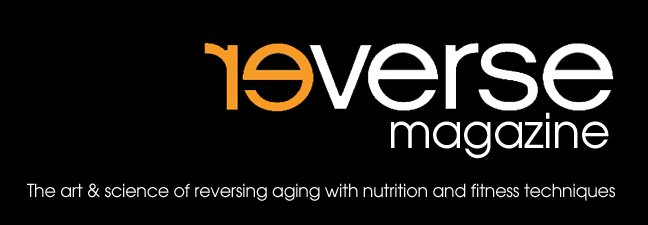
J Am Diet Assoc. 2010 Feb;110(2):205-14.
Whole-grain ready-to-eat oat cereal, as part of a dietary program for weight loss, reduces low-density lipoprotein cholesterol in adults with overweight and obesity more than a dietary program including low-fiber control foods.
Maki KC, Beiseigel JM, Jonnalagadda SS, Gugger CK, Reeves MS, Farmer MV, Kaden VN, Rains TM.
Provident Clinical Research, Glen Ellyn, IL 60137, USA. KMaki@ProvidentCRC.com
OBJECTIVE: Weight loss and consumption of viscous fibers both lower low-density lipoprotein (LDL) cholesterol levels. We evaluated whether or not a whole-grain, ready-to-eat (RTE) oat cereal containing viscous fiber, as part of a dietary program for weight loss, lowers LDL cholesterol levels and improves other cardiovascular disease risk markers more than a dietary program alone. DESIGN: Randomized, parallel-arm, controlled trial. SUBJECTS/SETTING: Free-living, overweight and obese adults (N=204, body mass index 25 to 45) with baseline LDL cholesterol levels 130 to 200 mg/dL (3.4 to 5.2 mmol/L) were randomized; 144 were included in the main analysis of participants who completed the trial without significant protocol violations. INTERVENTION: Two portions per day of whole-grain RTE oat cereal (3 g/day oat b-glucan) or energy-matched low-fiber foods (control), as part of a reduced energy ( approximately 500 kcal/day deficit) dietary program that encouraged limiting consumption of foods high in energy and fat, portion control, and regular physical activity. MAIN OUTCOME MEASURES: Fasting lipoprotein levels, waist circumference, triceps skinfold thickness, and body weight were measured at baseline and weeks 4, 8, 10, and 12. RESULTS: LDL cholesterol level was reduced significantly more with whole-grain RTE oat cereal vs control (-8.7+/-1.0 vs -4.3+/-1.1%, P=0.005). Total cholesterol (-5.4+/-0.8 vs -2.9+/-0.9%, P=0.038) and non-high-density lipoprotein-cholesterol (-6.3+/-1.0 vs -3.3+/-1.1%, P=0.046) were also lowered significantly more with whole-grain RTE oat cereal, whereas high-density lipoprotein and triglyceride responses did not differ between groups. Weight loss was not different between groups (-2.2+/-0.3 vs -1.7+/-0.3 kg, P=0.325), but waist circumference decreased more (-3.3+/-0.4 vs -1.9+/-0.4 cm, P=0.012) with whole-grain RTE oat cereal. Larger reductions in LDL, total, and non-high-density lipoprotein cholesterol levels and waist circumference were evident as early as week 4 in the whole-grain RTE oat cereal group. CONCLUSIONS: Consumption of a whole-grain RTE oat cereal as part of a dietary program for weight loss had favorable effects on fasting lipid levels and waist circumference.
__________________








